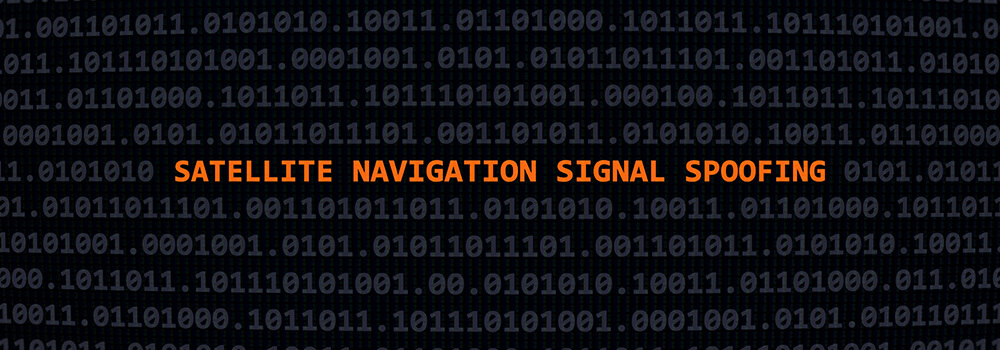The Global Navigation Satellite System (GNSS) consists of a constellation of satellites placed in space. They aim at providing accurate information on position and time to receivers located on Earth. This allows providing positioning, navigation and time synchronisation data (PNT for Positioning, Navigation, Timing).
These data allow road applications to locate a vehicle accurately. They also allow a time server to synchronise clocks of a local network with high accuracy.
The following are the best-known Global Navigation Satellite Systems: GPS in the United-States, Galileo in Europe, GLONASS in Russia, BeiDou in China, IRNSS in India and QZSS in Japan. Their application range from everyday navigation on smartphones to complex geodetic measurements and military operations.
Criticality of GNSS time accuracy
GNSS satellites are equipped with atomic clocks, which are essential for sending high-accuracy time information. These satellites are supervised by ground stations on Earth. Accurate synchronisation between satellite and receiver clocks is paramount. Indeed, the slightest drift can lead to significant inaccuracies in determining the position of the signal receiver.
As satellites are in terrestrial orbit, the signal they emit is very weak when it reaches the Earth, thus opening the door to interference. Besides, GNSS is a target of "natural” cyberattacks in military contexts for example. These GNSS vulnerabilities can be classified into two main categories: non-intentional and intentional vulnerabilities.
GNSS vulnerabilities
- Non-intentional vulnerabilities
These are essentially natural or accidental interference. Natural interference can be caused by phenomenons such as solar flares, while accidental interference is often caused due to faulty equipment.
- Intentional vulnerabilities
Jamming consists of sending a very strong radio signal on the same frequencies as those used by GNSS in order to prevent signals from being received. Spoofing is more sophisticated: it consists of creating fake signals to mislead the receiver about its position or actual time. All GNSS have a double application, both civilian and military. As such, there is a strategic stake in attacking the system to prevent its use, or to disorganise an enemy. The GPS interference map available at GPSjam.org provides an edifying insight into the global geopolitical situation.
On another level, spoofing and jamming of signals (GPS signals for example) have an impact on time synchronisation of clocks in local networks, regardless of the protocol used (NTP, PTP, and so on), since it is the initial data that is inaccurate. Therefore, all indirect applications requiring timestamping are affected.
How to overcome GNSS vulnerabilities?
To deal with these vulnerabilities, several approaches are being considered to make GNSS resilient and offer a continuity of PNT services to users, including:
- Using several satellite systems simultaneously.
For example, by using GPS and Galileo systems simultaneously, it is possible to measure time and position more robustly.
- Maintaining accurate synchronisation using the “holdover”.
Holdover allows a local time server to maintain accurate synchronisation. Indeed, it generates a synchronisation signal based on its own time base and the last valid signal received before losing its synchronisation with GNSS. The quality of the time server oscillator is also decisive to meet the most critical requirements.
- Setting up an installation with multiple sites and sources.
Satellites broadcast a global signal, which is generally scrambled locally. By installing remote time servers, but with a private wired connection, it is possible to ensure that any drift due to interference can be detected and corrected.
It is also possible to use several sources: a GNSS, a source accessible via radio, or even a high-performance local clock.
- Authenticating GNSS signals.
For example, the Galileo system needs to be more resilient so that it can withstand interference. The signal authentication system called OS-NMA allows GNSS receivers to confirm that the signal received is indeed the one sent by the satellite.
There are other approaches available, but all of them are based on the principles described above.
As leader in time management and present in more than 140 countries, Bodet Time is a major French leader in time synchronisation and time frequency. Our Netsilon time servers provide accurate, continuous and secure synchronisation of a time signal to all equipment present on a network.
In addition to a time server, using a secure multi-constellation antenna enables signals from different satellites to be received, thus ensuring better availability of the time signal. A secure antenna is resilient to intentional vulnerabilities such as spoofing and jamming, and contributes to maintaining the integrity of time information.

